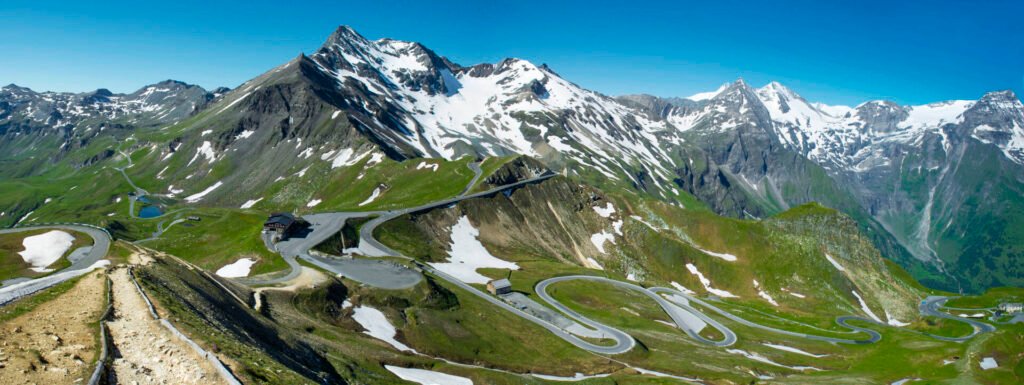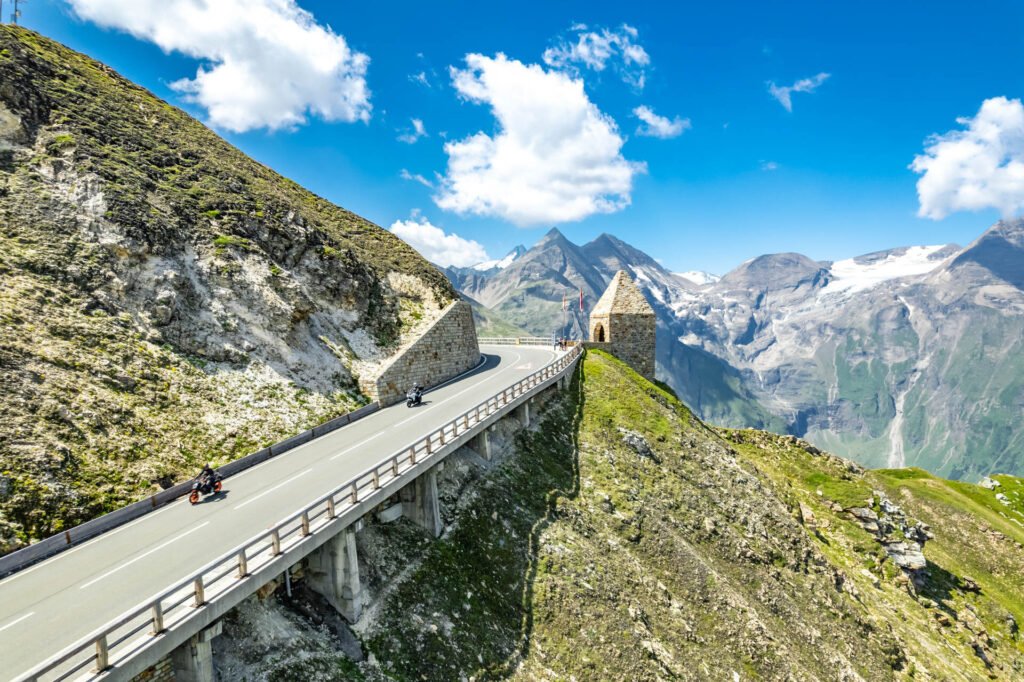For nature lovers and adventure seekers, few places in Europe can match the raw beauty and grandeur of Grossglockner National Park, part of the wider Hohe Tauern National Park in Austria. Towering at 3,798 meters, the Grossglockner is the highest peak in Austria and a symbol of Alpine majesty. Surrounded by glaciers, valleys, waterfalls, and diverse wildlife, this region is one of the most breathtaking destinations in the Alps.
A Natural Treasure in the Alps
Grossglockner National Park is located in the Hohe Tauern mountain range, stretching across the provinces of Carinthia, Tyrol, and Salzburg. Covering over 1,800 square kilometers, the park is one of the largest protected natural areas in Europe. Its landscapes vary from icy glaciers and alpine meadows to deep gorges and rushing rivers, making it a haven for both wildlife and outdoor enthusiasts.
The star attraction, of course, is the Grossglockner peak, which has inspired climbers, painters, and poets for centuries. The nearby Pasterze Glacier, Austria’s largest glacier, lies at the mountain’s foot, offering visitors a close encounter with the awe-inspiring forces of nature.

The Grossglockner High Alpine Road
One of the most iconic ways to experience the park is by traveling along the Grossglockner High Alpine Road. Built in the 1930s, this scenic route winds for 48 kilometers through the heart of the Alps, reaching heights of over 2,500 meters. With 36 hairpin bends and numerous viewpoints, the drive is considered one of the most beautiful in the world.
Along the road, visitors will find visitor centers, educational exhibits, and lookout platforms such as the Kaiser-Franz-Josefs-Höhe, which offers sweeping views of the Grossglockner and Pasterze Glacier. Whether by car, motorbike, or bicycle, the journey is as thrilling as the destination.

Hiking and Outdoor Adventures
Grossglockner National Park is a paradise for hikers. With over 1,200 kilometers of marked trails, there are routes suitable for everyone—from gentle walks through alpine meadows to challenging treks across rugged mountain terrain. Popular hikes include:
Gamsgrubenweg Trail – A family-friendly path with tunnels and viewpoints overlooking the Pasterze Glacier.
Glacier Trail – Leading closer to the glacier, this trail gives insight into climate change and geology.
Summit Climbs – Experienced mountaineers can attempt climbing the Grossglockner itself, guided by local experts.
Cycling and mountain biking are also popular, with challenging routes that test stamina while rewarding riders with panoramic alpine views. In winter, parts of the park transform into a snowy wonderland ideal for skiing and snowshoeing.
Wildlife and Nature
The park is not only about mountains and glaciers; it is also home to rich biodiversity. Visitors may spot golden eagles, marmots, ibex, and chamois in their natural habitats. Alpine flowers bloom in summer, carpeting meadows in vibrant colors, while waterfalls such as the Krimml Waterfalls (Europe’s highest) add to the park’s natural spectacle.
Educational and Cultural Insights
Grossglockner National Park also emphasizes environmental education. Visitor centers such as the Hohe Tauern National Park Center in Mittersill showcase exhibits on geology, climate, and Alpine wildlife. Local villages around the park, like Heiligenblut, enrich the experience with traditional Austrian culture, wooden chalets, and hearty Alpine cuisine.
Visiting Grossglockner National Park – Practical Tips
Best Time to Visit: The High Alpine Road is usually open from May to October, depending on snow conditions. Summer offers the best hiking weather, while autumn brings stunning colors.
Getting There: The park is accessible by car from Salzburg, Innsbruck, or Klagenfurt. Public transport also connects to nearby towns like Zell am See and Lienz.
Tickets: A toll fee applies for driving the High Alpine Road. Entry to the national park itself is free.
Stay Options: Visitors can stay in nearby villages, mountain huts, or resorts in towns like Heiligenblut and Kaprun.
Conclusion
Grossglockner National Park is more than just a mountain—it’s a world of Alpine wonders where nature, adventure, and culture meet. Whether you’re driving the legendary High Alpine Road, hiking to breathtaking viewpoints, or simply enjoying the crisp mountain air, this national park offers an unforgettable journey into Austria’s natural heart. For travelers seeking both tranquility and adventure, Grossglockner is a destination that promises awe at every turn.





















